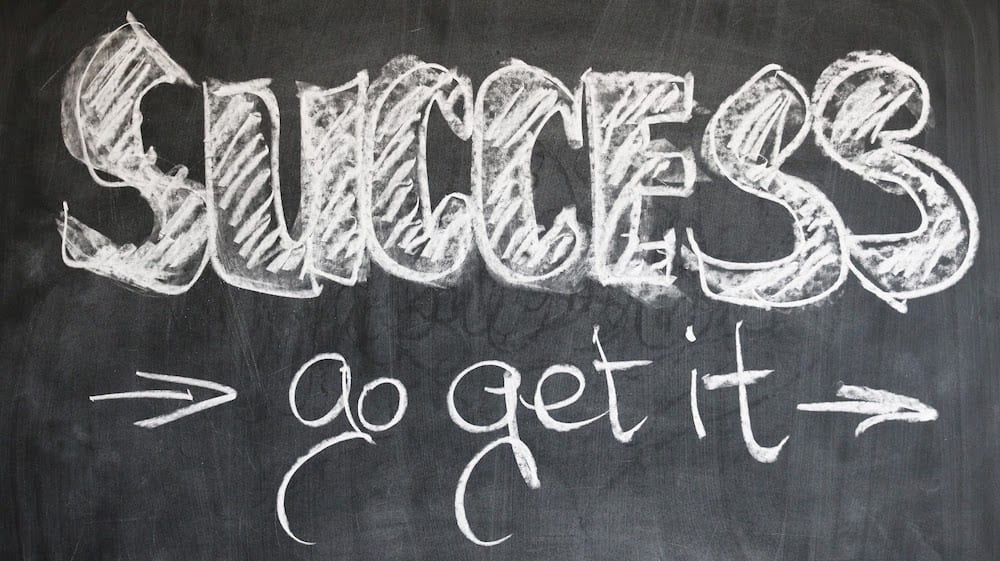Coding can seem overwhelming, especially to newcomers. One anxiety-triggering factor is the time commitment required to learn how to code. When it comes to changing careers, most people want that change to happen sooner rather than later.
Many experienced programmers state that you need to learn the basics to have a smooth transition into coding. Learning HTML is an excellent way to cover the foundational principles of coding and get used to the activity. HTML is a markup language that forms the foundation of the websites that we view every day.
It uses markup syntax to format text and communicate to web browsers what content to display on web pages. In short, HTML is a foundational web development language and presents the basic content of the web page, such as paragraphs, images, and lists.
Learning HTML can put the wheels in motion on your coding journey and help you break into tech. But how long does it take to learn HTML? New coders often believe it’ll take months or years to master—but that is not the case.
Read on to learn how long it really takes to learn the basics of HTML.
Okay…So How Long Does It Take?

Most new programmers can learn the basics of HTML within a week or two. However, daily practice is necessary to become proficient in the language and to understand its full potential. Most programmers recommend practicing for about 2-4 hours a day.
Experienced programmers advise beginners to practice writing code on their own. Don’t rely solely on learning concepts through exercises and online tutorials. Most people learn by doing, so it’s important to put your new skills into practice. Follow the Nike creed and “just do it.” Format a webpage, experiment with features, or work on projects to strengthen your abilities.
With these strategies, you can learn HTML on your own time without setting foot in a classroom. You can effectively take complete control of your education process, and free yourself from the time-constraints and expenses of attending a physical school.
New coders should understand that, in a software engineering role, fixing code is just as important as writing it. Fixing (or ‘debugging’) code helps beginners learn from their mistakes and gain valuable experience. Making mistakes is vital to the learning process, so don’t beat yourself up over it.
Learning HTML is an ongoing process, just like any other coding language. However, most people can develop a functional knowledge of the subject in just a few short weeks. Coding involves a learning curve, but you can begin writing HTML in virtually no time.
How Do I Start Learning HTML?
Most people probably don’t realize that code is the foundation of virtually everything they use on the internet.
Do you have a Tumblr page that you frequently use to post entries? It’s built with code. What about a WordPress page? It’s also made with code. Remember LiveJournal? That was also built with code, including HTML.
You’ll understand the influence of code after trying HTML. Learning HTML doesn’t have to take a long time. It also doesn’t have to cost that much either, as you can begin the process for free.
Thousands of online resources provide flexible tutorials and courses for learning HTML. Some of the most popular include Codecademy, SoloLearn, and Grasshopper. These platforms offer new coders with fun, flexible, and interactive resources to learn on their own time.
If you want to dive deep into the basics of HTML for free, courses from freeCodeCamp and The Odin Project fit the bill. These programs are designed for beginners and provide a self-paced online classroom environment to simplify the education process.
There are also free introductory courses from coding bootcamps such as Flatiron School, Lambda School, Kenzie Academy, and App Academy. These courses don’t just cover the basics—they offer a glimpse of what a full coding bootcamp curriculum has to offer. If you’re interested in a coding career, these free introductory bootcamp courses are a great way to start your journey.
When Should I Start To Learn HTML?
The best time to start learning HTML is right away, but at your own pace. You don’t have to feel like you need to get it done within days. You will burn yourself out if you study non-stop, so take your time.
It’s completely understandable if you need to take a slow pace to understand HTML completely. But you probably won’t make much progress by only reading and watching tutorials. Don’t just try to memorize a glossary of terms or focus on a couple of small exercises. It takes commitment, practice, and a solid game plan with a realistic end goal to be successful.
It also takes patience, as you’ll run into some road bumps along the way. You’ll get frustrated with HTML when it doesn’t go your way. But you can become a proficient web developer if you practice finding, fixing, and understanding your mistakes so that you notice them quickly in the future.
Conclusion

Are you looking to start a tech career and learn HTML, but don’t know where to start? Career Karma’s free #21DayCKChallenge can help you learn the basics of HTML and put you on track for a new career.
The challenge helps people learn the basics of coding and put their skills to the test. When enrolled, Career Karma will help you establish a daily study routine to practice coding. By the end of the 21-Day Challenge, you should be averaging at least 2-4 practice hours per day.
By the end of the 21-Day Challenge, you’ll learn how to code fast and learn how to develop simple static pages using HTML. After, you can begin your journey into the tech career of your dreams with Career Karma.
About us: Career Karma is a platform designed to help job seekers find, research, and connect with job training programs to advance their careers. Learn about the CK publication.



